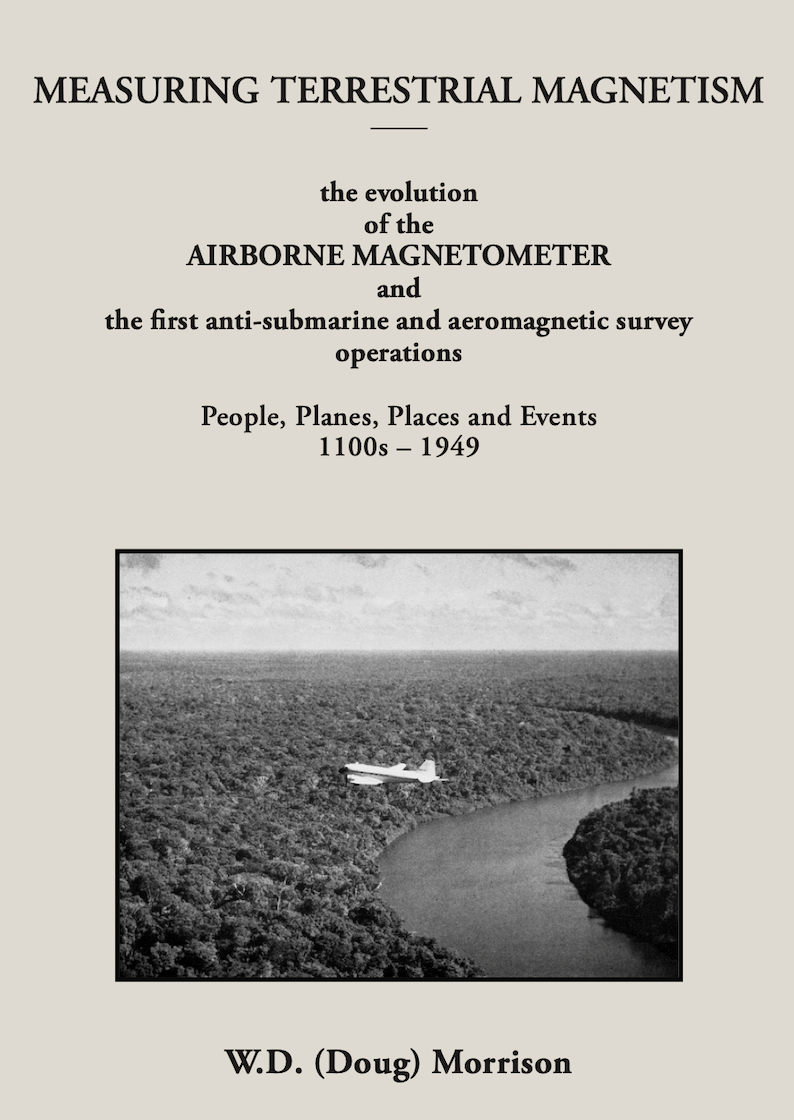Membership renewals open for 2024 - Click here
Cs Vapour Magnetometer, TM-4
Geophysical Technology. Armidale, Australia
1989
Method: Magnetics
Description
The TM-4 was a significant upgrade to the TM-3. A new Period Counter was developed by Stephen Lee based upon the statistical analysis of a large number of overlapping, short duration, windows of the Larmor period. The result was a count resolution of 0.005 nT at 40 Hz sampling, or 0.1 nT resolution at 400 Hz sampling. Up to four Cs magnetometer sensors cold be logged simultaneously. The period counter and data logging functions required the power of a new Motorola 68030 cpu with a 68881 co-processor. Data were logged on battery-backed RAM.
While a cotton thread type odometer was still used in applications requiring precise relative sample interval accuracy, the TM-4 was equipped with a port for interfacing with external GPS positioning equipment. In 1989, differential GPS using a local base station delivered an absolute positional accuracy of around 1.5 m. A vehicle-borne system using a quad-cycle was built for mineral exploration application and this combined the relative accuracy of a digital odometer to control sample intervals along line with the absolute position of survey transects being determined using DGPS.
The very fast sample rates achievable with the TM-4 period counter were recognised as making feasible the measurement of total field electromagnetic signal. Malcolm Cattach proposed developing the method now known as SAM (Sub-Audio Magnetics) and he achieved this in 1989 in his PhD research project. The initial goal was to feed current into the ground at a sub-audio frequency (bi-polar, square wave) by either galvanic or electromagnetic means and in post processing separate the spatially varying and time varying magnetic fields. Malcolm achieved this goal using a galvanic source with resounding success and the simultaneous acquisition of TMI and TFMMR was quickly adopted by the exploration industry. Under the supervision of Malcom Cattach and John Stanley, David Boggs in his own PhD research, used the TM-4 data to confirm the predicted viability of also acquiring the transient decay signal from electromagnetic and induced polarisation sources. The TM-4 and its application to SAM earned for Malcolm Cattach and John Stanley the 1995 Grahame Sands Award of the ASEG for Innovation in Applied Geoscience.
Resolution: 0.005 nT @ 40 Hz, 0.1 nT @ 400 Hz
Odometer Accuracy: Typically 0.2% of distance between control lines
Serial Number: 489001
Year of manufacture: 1989
Origin: Geophysical Technology. Armidale, Australia
Weight: Sensor; 1.9 kg, Controller; 4.5 kg, Battery pack; 6 kg

